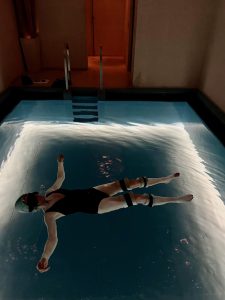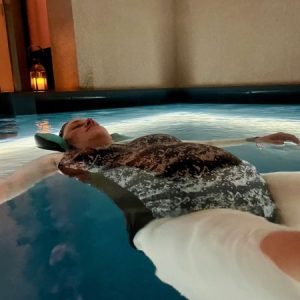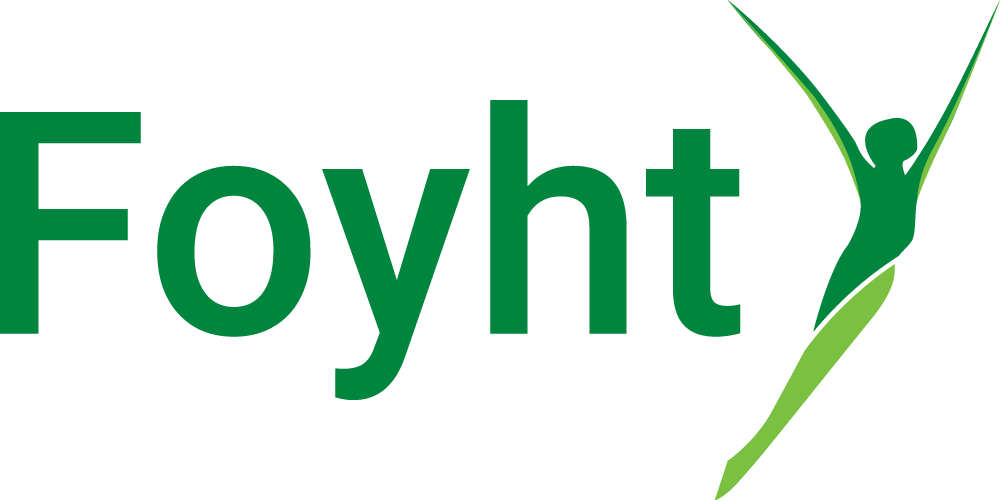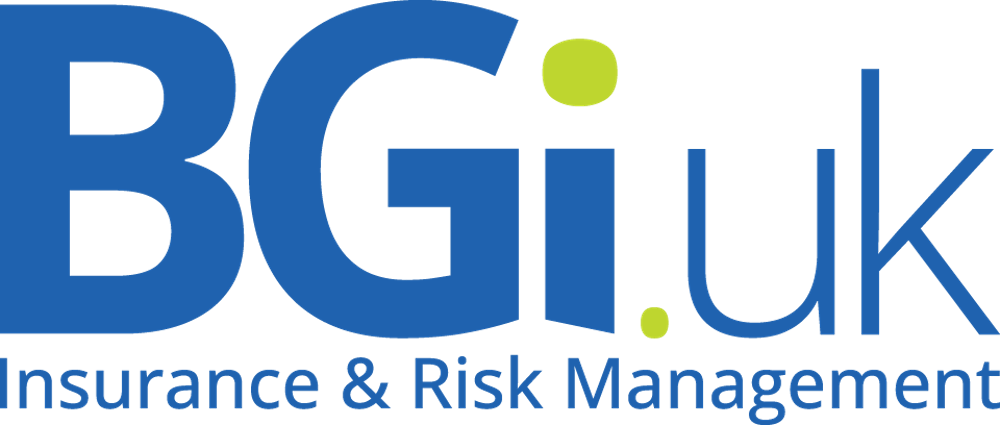What’s Safe & When?
Looking to indulge in a little pampering while expecting? Many spa treatments and hydrotherapy options are safe and beneficial during pregnancy — as long as you time them right and follow a few precautions. Here’s what you need to know to relax safely and get the most out of your spa experience.

When Can I Go to a Spa During Pregnancy?
The second trimester (weeks 13–27) is widely considered the best time to visit a spa. By this stage, morning sickness often subsides, energy levels tend to improve, and the risk of miscarriage significantly decreases.
Many spas recommend waiting until at least 12 weeks into your pregnancy before booking treatments or participating in exercise classes. Similarly, some may decline treatments for women past 32 weeks. Always check in advance, and choose a spa with therapists trained in pregnancy care.
Tip: Booking online might be quick, but calling the spa lets you confirm safety protocols and tailor your treatment based on how many weeks pregnant you are.
Pregnancy Massage: What You Should Know
Massage during pregnancy can work wonders for backaches, stiff shoulders, sore hips, and even low mood. A relaxing rub-down also boosts circulation and releases feel-good endorphins — just what the doctor ordered.
What to Look For:
- Prenatal or maternity massage on the treatment menu
- Therapists trained in pregnancy massage techniques
- Use of side-lying or semi-reclining positions
- Plenty of pillows, wedges, and padding for support
Some massage tables even have cutouts for your bump — try it out, though some women find this uncomfortable.
Caution:
- Avoid aromatherapy oils unless your therapist is trained in prenatal use. Certain oils can be harmful.
- Be sure to communicate any discomfort, pain, or sensitivity during the session.
- Sensitive to smells? Ask for unscented lotions and skip the whale music if it’s not your vibe.
💬 Bonus: A trained therapist might even teach your birth partner some massage techniques to use during labour.

Facials During Pregnancy: Safe With Adjustments
Pregnancy can affect your skin — think breakouts, sensitivity, or dryness. You can still enjoy a facial, just opt for gentle products.
Safe Facial Options:
- Fragrance-free or mildly scented lotions
- Light moisturisers (avoid thick or greasy products)
- Patch tests if you’re unsure of sensitivity
Avoid:
- Retinoids (Vitamin A derivatives) – These are commonly found in anti-aging products but can be harmful during pregnancy.
- Heavy peels or microdermabrasion
Should I Use a Hot Tub, Sauna, or Steam Room While Pregnant?
In short — skip them.
Hot tubs, saunas, and steam rooms raise your core temperature and may lead to dizziness, low blood pressure, or even birth defects if used during the first trimester.
Avoid:
- Water temperatures above 35°C for relaxation
- Temperatures above 32°C during exercise
- Hot hydrotherapy, saunas, or steam rooms
Safer alternatives:
- A warm bath
- Cool or lukewarm hydrotherapy pools

Hydrotherapy: Is It Safe During Pregnancy?
Hydrotherapy — the therapeutic use of water — can be incredibly beneficial during pregnancy if done safely and at the right temperature.
Benefits of Cool/Lukewarm Hydrotherapy:
- Relieves joint and muscle tension
- Alleviates low back pain and pelvic girdle pain (PGP)
- Reduces swelling (oedema) in hands and feet
- Supports cardiovascular fitness and mental wellbeing
- Helps with balance and mobility as pregnancy progresses
Safe Options:
- Aquatic physiotherapy with trained specialists
- Cool jetted tubs (below 100°F / 37.8°C)
- Gentle pool exercises
- Hand or foot massager kits
Unsafe Options:
- Colon hydrotherapy – Can lead to dehydration, cramping, and contractions
- Aqua massage tables – These often require lying flat on your back, which is not safe beyond the first trimester
- Hot tubs with strong jets or high heat
Important: In-water massage and aquatic exercise can offer the same muscle relief as land-based treatments, with less strain and greater comfort. Just be sure the pool is clean, chlorinated, and kept at a safe temperature.

Post-Natal Hydrotherapy: A Great Way to Recover
Once your healthcare provider gives the green light — generally 6 weeks after a vaginal delivery or 8–10 weeks after a C-section — postnatal hydrotherapy can help ease you back into fitness.
Benefits:
- Builds core and pelvic floor strength
- Supports weight loss and cardiovascular fitness
- Reduces risk of postpartum depression
- Offers a gentle, low-impact return to movement
Final Thoughts
Spa and hydrotherapy treatments can be a safe, soothing, and effective part of your pregnancy wellness routine — as long as you know what to avoid and what to embrace. Always talk to your doctor or midwife before trying something new, especially during your first or third trimester.
Whether it’s a gentle massage, a floating pool workout, or a relaxing facial, your pregnancy is a special time that deserves a little extra care — and a lot of comfort.
All Photos by Helena Eflerova





